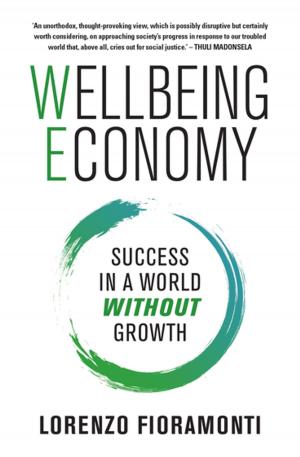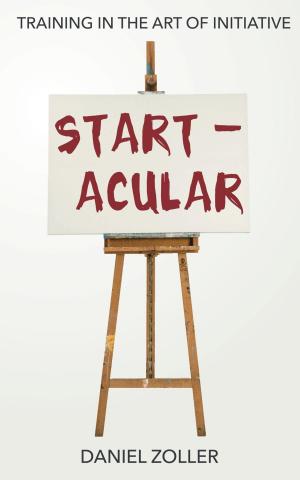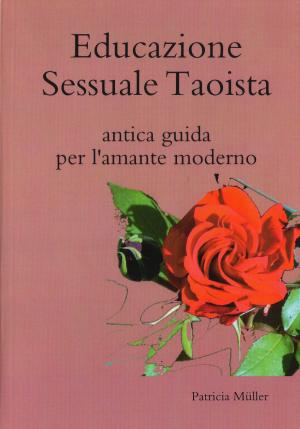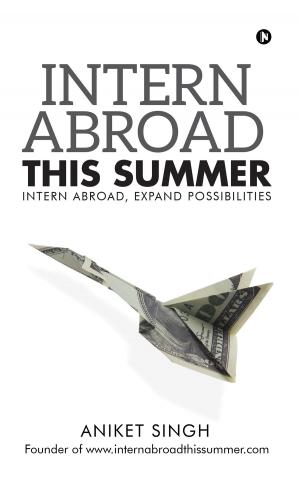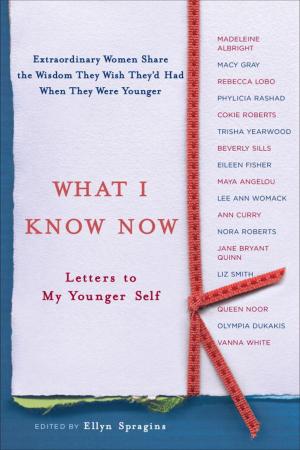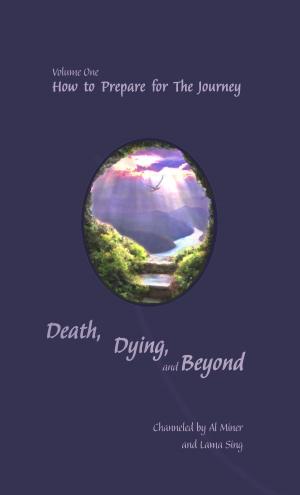Alone on the Camino
Nonfiction, Travel, Europe, Spain & Portugal, Health & Well Being, Self Help, Self Improvement, Motivational| Author: | Linda Roy Cross | ISBN: | 9781370238385 |
| Publisher: | Linda Roy Cross | Publication: | May 5, 2017 |
| Imprint: | Smashwords Edition | Language: | English |
| Author: | Linda Roy Cross |
| ISBN: | 9781370238385 |
| Publisher: | Linda Roy Cross |
| Publication: | May 5, 2017 |
| Imprint: | Smashwords Edition |
| Language: | English |
"Alone on the Camino" is one woman’s solo journey, with a fully loaded backpack, sleeping in bunk-beds and co-ed shelters, called albergues, sometimes holding 100, or more pilgrims. The author walked across Northern Spain on the 12th century path leading to the Cathedral of St. James at Santiago de Compostela. While living in the Tucson, Arizona Sonoran Desert, and after making airline reservations, she thought of Jesus' forty days in the desert. Walking alone, in a new environment, would be a silent retreat for the body and soul. A time set apart to focus on, and bring the exterior and interior worlds together. She soon regretted the too few 31-days allowed for the 500-mile pilgrimage on the Camino de Santiago, walked by believers and non-believers alike. Her children grown and husband retired, she trained for over a year, and felt confident she was ready to accomplish one of her dreams. A few days before departure, her right foot was injured from improperly fitted, newly purchased shoes. Nevertheless, as a healthy 66-year-old, she felt ready to stretch her physical and spiritual muscles. Enchanted with the international appeal, without knowing but a smidgen of Spanish, she wanted a challenge to be hers alone. In turn, the petite, retiree got more than she bargained for. Through the first person account, the reader feels her anxiety the first day high in the Pyrenees, facing a deadly wind, and the death of a stranger. It sets the tone for trepidation throughout the entire journey. With doubt planted, the daily pain dampens her morale and expectations. Apprehensive, with the slow pace the injury forces, she arrives at the Cathedral of Santiago de Compostela completing one of her dreams. Put to the test, her journey was profound, finding joy and the divine in the least expected places, and in the kindness of strangers. Through a roller coaster of emotions, uncharted and unlikely, her true self is tested. Facing a dichotomy, when alone she feels the stress of fending for oneself and yearns for companionship; when forced to listen to incessant chatter, she wished to be alone. Encounters with each difficult and needy fellow pilgrim became teaching moments, and soon she realized her journey, and growth of the soul, comes from the unfamiliar. The year Cross walked more than 192,000 pilgrims, from around the world, received the certificate of competition after completing a minimum of 100 kilometers on foot, bicycle, horse, and a few in wheelchairs. With the smorgasbord of characters she meet, each expressed a variety of reasons for walking and some, like her, weren’t certain of the reason until it becomes apparent later. There were many serendipitous and coincidental moments around each curve in the road. Memories delved into, from decades ago, became the source of her biography once she returned home. Each Camino can be personally adapted, to what millions have experienced while walking Roman roads and bridges trod over in centuries past. Cross felt especially humbled knowing she followed the footsteps of historical figures such as El Cid, St. Francis of Assisi, King Phillip II of Spain, Lorenzo di Medici, Charlemagne, and others. She shares practical and spiritual lessons, introspection, mishaps, and she lets her soul and insecurity tell her deeply personal story of walking daily with physical pain and enduring embarrassments. After returning from the Camino, she has spoken to many arm-chair pilgrims, allowing them to relive the journey vicariously when no opportunities are presented due to physical, or other limitations. She gives practical advice when someone her age says they couldn’t make the journey, and has inspired other senior groups, and younger would-be walkers to make their own individual Camino, long or short, by foot and backpack like she did, or the various options, including the bus. At age seventy, she walked a second Camino, the Portuguese Coastal route, with a small group, and staying in hotels.
"Alone on the Camino" is one woman’s solo journey, with a fully loaded backpack, sleeping in bunk-beds and co-ed shelters, called albergues, sometimes holding 100, or more pilgrims. The author walked across Northern Spain on the 12th century path leading to the Cathedral of St. James at Santiago de Compostela. While living in the Tucson, Arizona Sonoran Desert, and after making airline reservations, she thought of Jesus' forty days in the desert. Walking alone, in a new environment, would be a silent retreat for the body and soul. A time set apart to focus on, and bring the exterior and interior worlds together. She soon regretted the too few 31-days allowed for the 500-mile pilgrimage on the Camino de Santiago, walked by believers and non-believers alike. Her children grown and husband retired, she trained for over a year, and felt confident she was ready to accomplish one of her dreams. A few days before departure, her right foot was injured from improperly fitted, newly purchased shoes. Nevertheless, as a healthy 66-year-old, she felt ready to stretch her physical and spiritual muscles. Enchanted with the international appeal, without knowing but a smidgen of Spanish, she wanted a challenge to be hers alone. In turn, the petite, retiree got more than she bargained for. Through the first person account, the reader feels her anxiety the first day high in the Pyrenees, facing a deadly wind, and the death of a stranger. It sets the tone for trepidation throughout the entire journey. With doubt planted, the daily pain dampens her morale and expectations. Apprehensive, with the slow pace the injury forces, she arrives at the Cathedral of Santiago de Compostela completing one of her dreams. Put to the test, her journey was profound, finding joy and the divine in the least expected places, and in the kindness of strangers. Through a roller coaster of emotions, uncharted and unlikely, her true self is tested. Facing a dichotomy, when alone she feels the stress of fending for oneself and yearns for companionship; when forced to listen to incessant chatter, she wished to be alone. Encounters with each difficult and needy fellow pilgrim became teaching moments, and soon she realized her journey, and growth of the soul, comes from the unfamiliar. The year Cross walked more than 192,000 pilgrims, from around the world, received the certificate of competition after completing a minimum of 100 kilometers on foot, bicycle, horse, and a few in wheelchairs. With the smorgasbord of characters she meet, each expressed a variety of reasons for walking and some, like her, weren’t certain of the reason until it becomes apparent later. There were many serendipitous and coincidental moments around each curve in the road. Memories delved into, from decades ago, became the source of her biography once she returned home. Each Camino can be personally adapted, to what millions have experienced while walking Roman roads and bridges trod over in centuries past. Cross felt especially humbled knowing she followed the footsteps of historical figures such as El Cid, St. Francis of Assisi, King Phillip II of Spain, Lorenzo di Medici, Charlemagne, and others. She shares practical and spiritual lessons, introspection, mishaps, and she lets her soul and insecurity tell her deeply personal story of walking daily with physical pain and enduring embarrassments. After returning from the Camino, she has spoken to many arm-chair pilgrims, allowing them to relive the journey vicariously when no opportunities are presented due to physical, or other limitations. She gives practical advice when someone her age says they couldn’t make the journey, and has inspired other senior groups, and younger would-be walkers to make their own individual Camino, long or short, by foot and backpack like she did, or the various options, including the bus. At age seventy, she walked a second Camino, the Portuguese Coastal route, with a small group, and staying in hotels.

